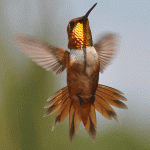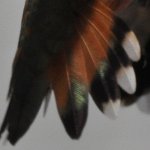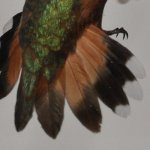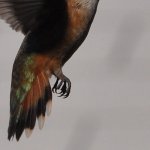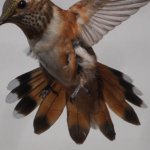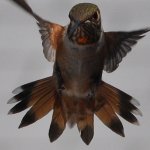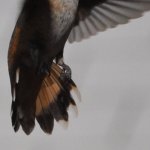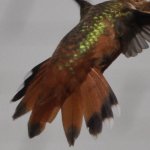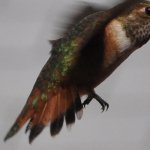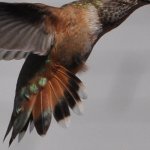zoutedrop
zoutedrop
All birds shot in 08/2012 SE of Phoenix.
I was very optimistic about getting my first female AHY Rufous after getting two AHY males this past month. Unlike the males, you have to get a tail shot and even then there is the issue of HY or AHY. I am going to post all my tail shots from this past census and would very much appreciate getting some feedback on my observations.
Have to show off my first AHY male first.....
I was very optimistic about getting my first female AHY Rufous after getting two AHY males this past month. Unlike the males, you have to get a tail shot and even then there is the issue of HY or AHY. I am going to post all my tail shots from this past census and would very much appreciate getting some feedback on my observations.
Have to show off my first AHY male first.....




